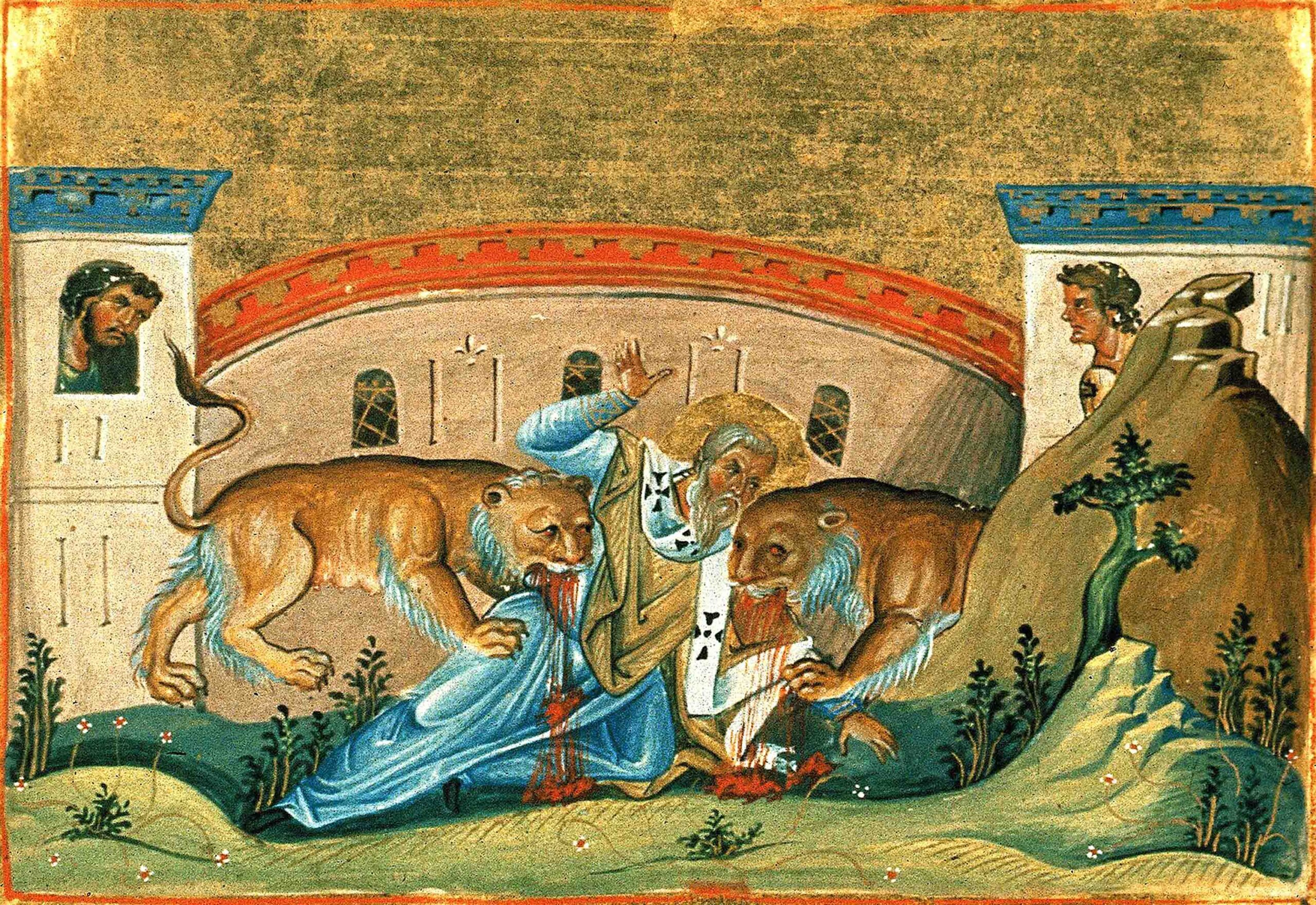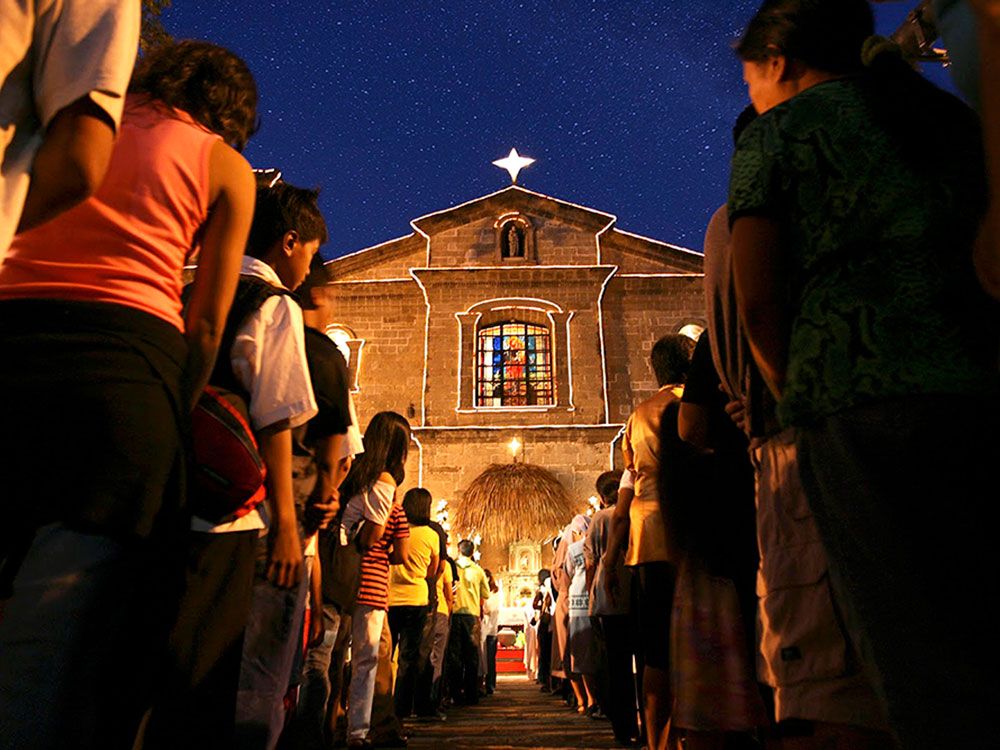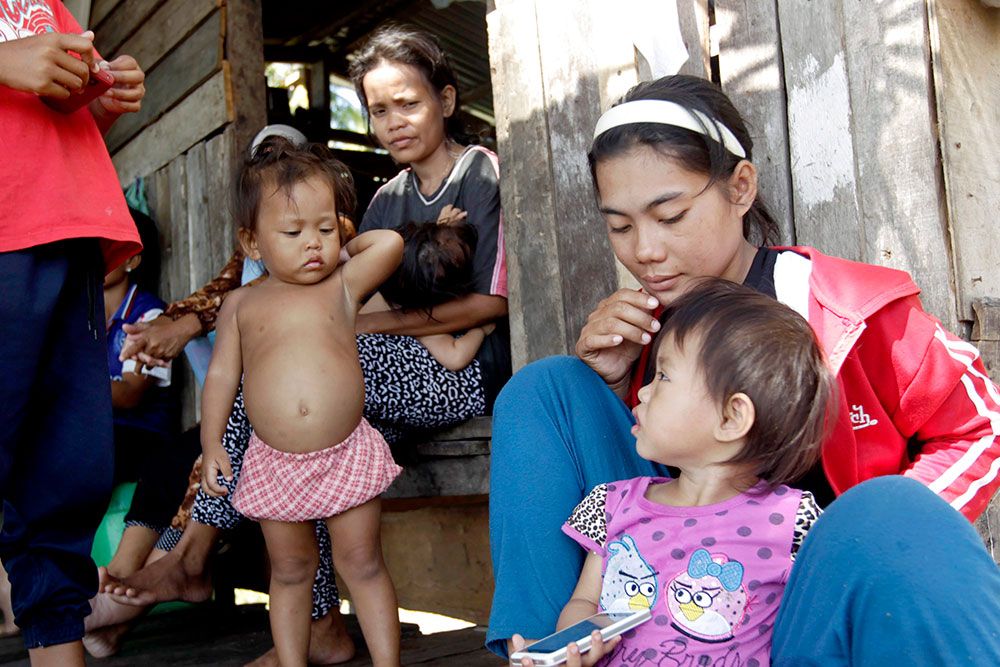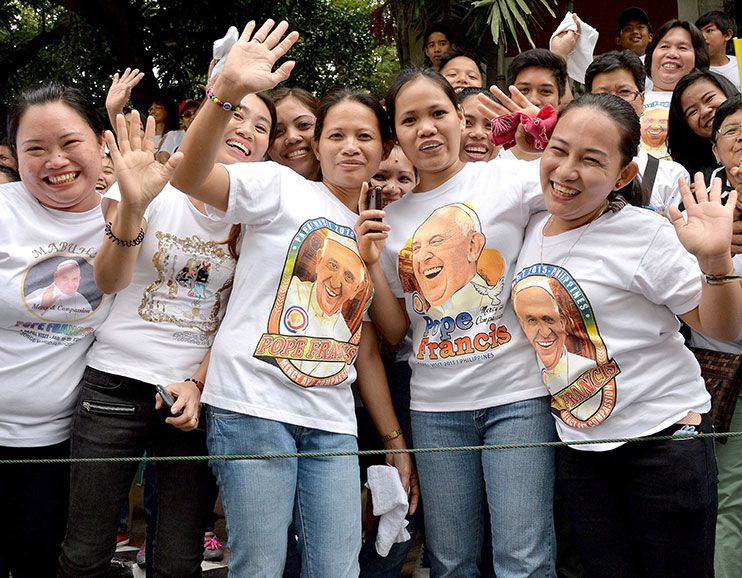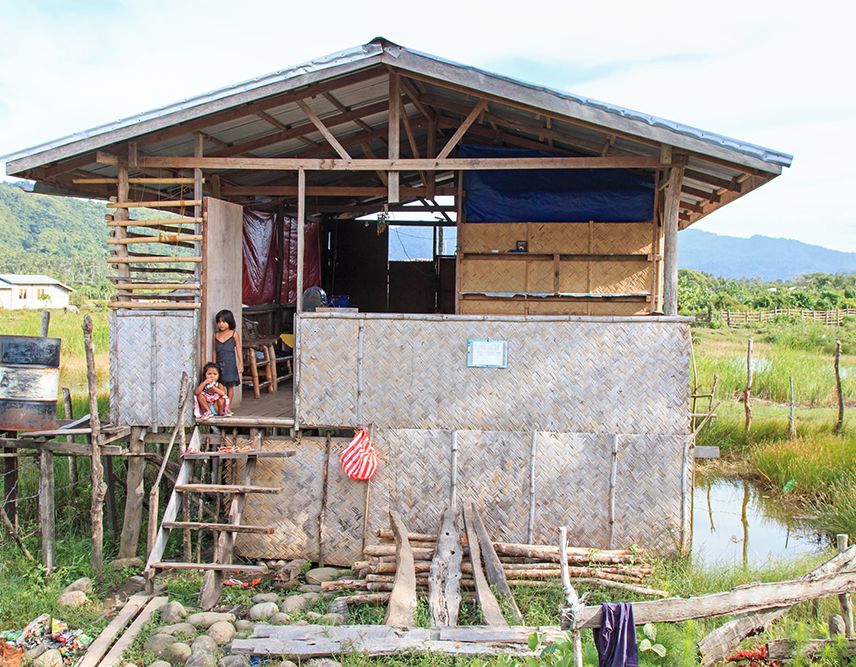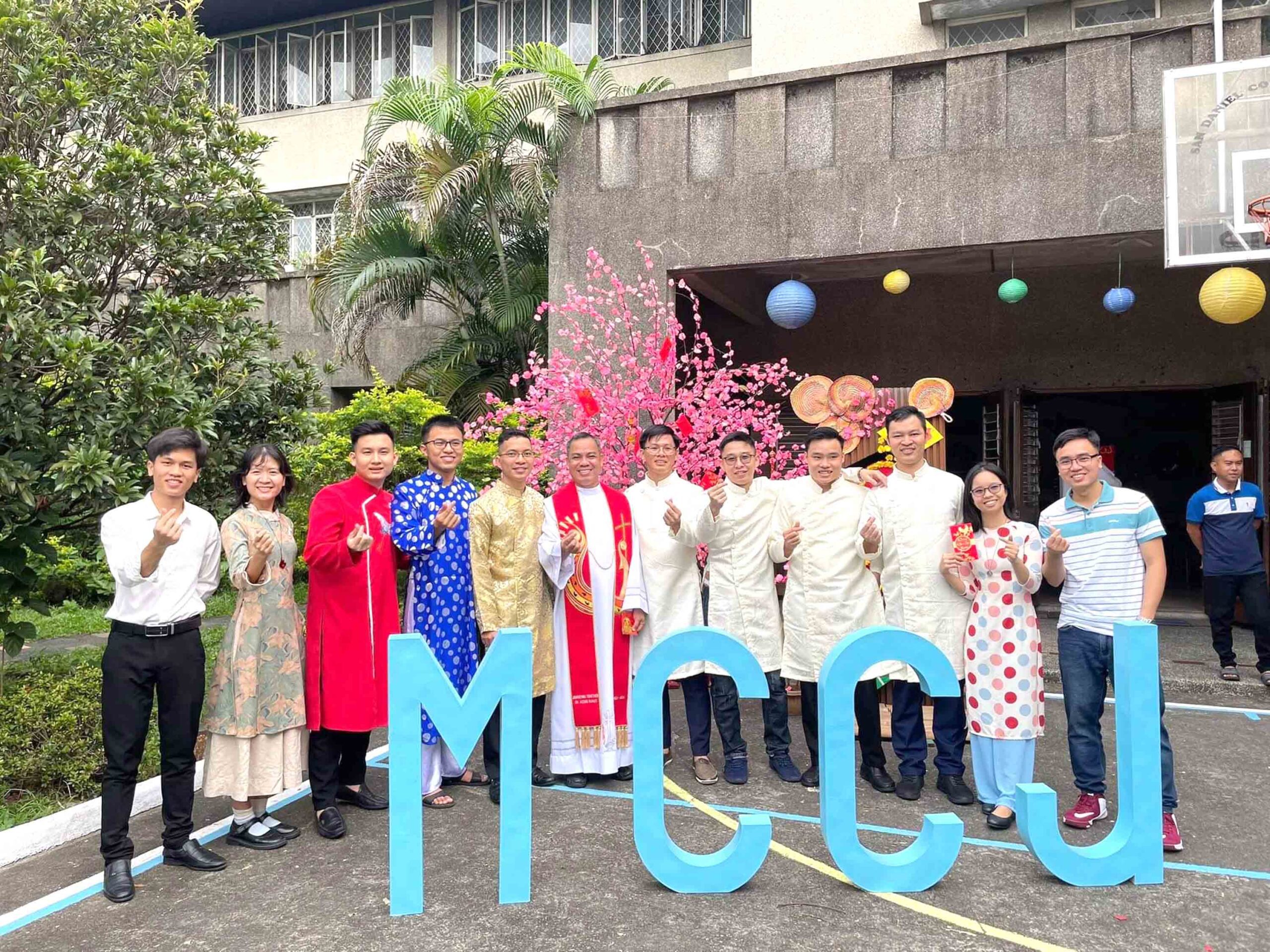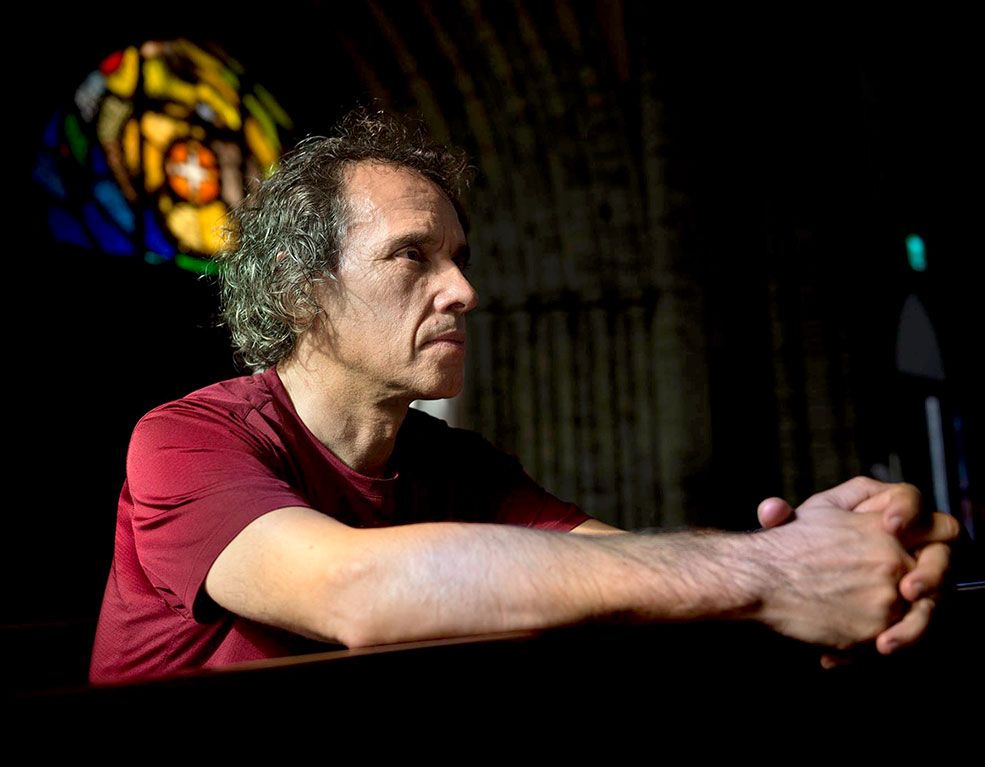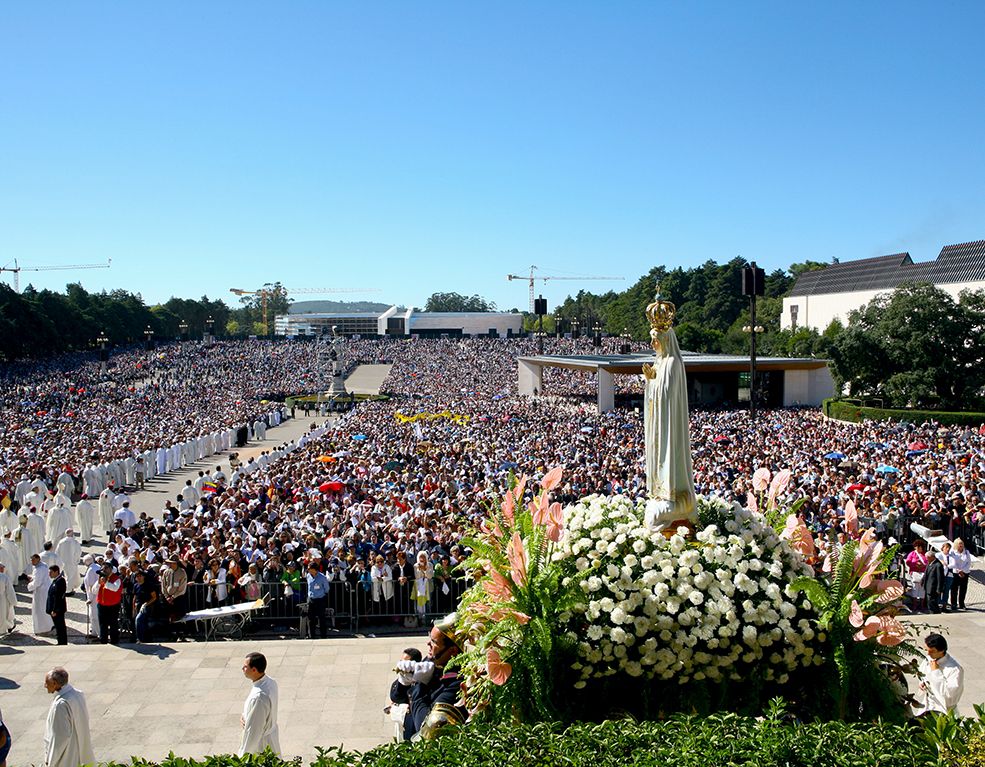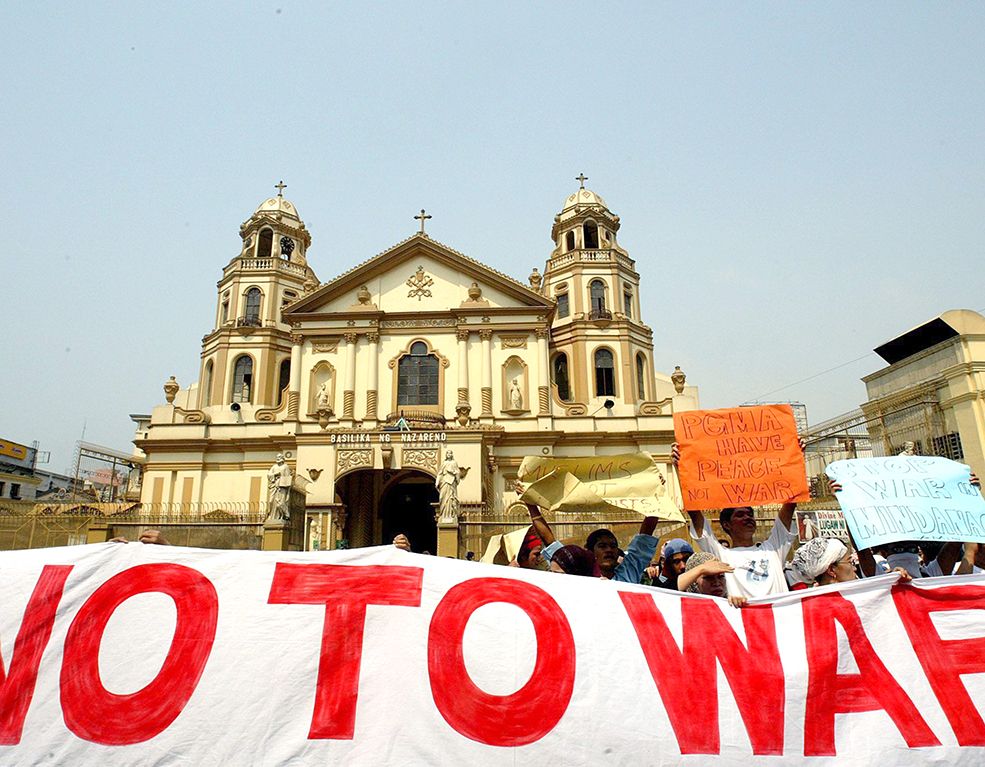Last year, the wail of a newborn baby resounded. Thanks to him or her, India became the most populous nation on the Planet, touching 1,425,775,850 inhabitants and thus surpassing China. In the birth of that child, many analysts recognized a telling fact, namely the beginning of a new stage in the 21st century in which a new superpower, of growing economic importance, will claim its place in the world. Indeed, in the shadow of the standoff between the U.S. and China, India sees its time coming as a third global power.
India, with an average age of 28, is one of the youngest countries in the world. The population is sustaining rapid economic growth, fostering consumer spending and driving innovation, as can be seen by the emergence of a digital-based economy.
The spectacular expansion of India’s middle class that has occurred over the past three decades continues at an extraordinary pace. Although some economists point out that the distribution of wealth in India is very unequal, and that it is the wealthy who have benefited disproportionately, it remains evident that the number of households with incomes above $10,000 per year has grown from two million in 1990 to 50 million in 2014. According to the World Bank, final consumer spending has more than doubled since 2010. This is only the beginning of a radical transformation in both size and scope: this is a consumer-driven economy.
The challenge now is “to make the most of relatively low labor costs and the growing interest of Western companies in relocating production from China to India to transform itself into a ‘manufacturing powerhouse’.” Will India become the most important country in the world in the 21st century? This may prove good not only for the global economy, but also as a counter to Chinese expansionism.
BETWEEN REALITY AND MIRAGE
The reality on the ground is different, explains Sushant Singh, an analyst at the Centre for Policy Research. In his view, India remains a very poor country plagued by inequality, and it has the lowest per capita income of all 20 countries (G20): just over 2,000 euros, below other states such as Bangladesh or Ghana.
In addition, the workforce does not have enough training to foster the change that many hope for. Forty-six percent of citizens over the age of 25 have not finished elementary school, according to the OECD. India is still a heavily agricultural country. It is not an exporting economy: it has less than two percent of world mercantile exports. Unemployment figures, Singh points out, camouflage a vast informal economy, and India has one of the lowest rates of women’s entry into formal employment in the world.
Certainly, progress has been made. In India, according to the UN, some 415 million people have moved out of “multidimensional poverty” in the past 15 years, a landmark figure. But there is still a long way to go: five out of six people in poverty belong to the lowest tribes and castes. According to Oxfam, the top 10 percent of the population has 77 percent of the wealth.
Since the “Green Revolution,” the country produces enough to feed itself, but has failed to eliminate the widespread hunger that plagues the rural environment and dominates the back alleys of marginal urban neighborhoods. Currently 40 percent of the population suffers from malnutrition, a figure that has dropped by only 10 percent in the past two decades.
IS THE RISE OF INDIA INEVITABLE?
Can India, Singh wonders, transform itself into a strong national economy? He believes it can, but not immediately. The debate is ongoing, and different opinions are being aired. Economist Ashoka Mody’s India Is Broken is a case in point.
This author meticulously takes the reader on a journey through the dark corners of India, where corruption has triumphed over compassion and democracy suffers. He spares no criticism of Hindu nationalism, and goes further as he relates the failures of India’s various governments since independence (August 15, 1947), showing the deep historical roots of this country’s problems.
The economist finds that India has systematically failed to generate sufficient jobs and provide good quality public services, primarily health and education. Unemployment is an endemic disease in India.
Despite its tangible successes in combating poverty, India has not achieved proportionate progress in the essential dimensions of living standards. Undernutrition remains stubbornly high even in the most affluent regions of the country.
According to this author, the original sin that put India on such a weak growth path lies in the faulty economic beliefs of Jawaharlal Nehru, India’s prime minister from 1947 to 1964. He, in his own words, was a disciple of the “great impulse” industrialization strategy popularized by economist Paul Rosenstein-Rodan. Nehru became mesmerized by his commitment to building huge steel plants, power plants, and reservoirs, which he called “the temples of modern India.”
ROOTS OF THE PROBLEM
Those who want to understand India must grasp the roots of its problems and its history. In May 2015, Indian MP Shashi Tharoor gave a memorable speech at Oxford in which he argued that the economic situation of India had been made worse by British rule. First, he recalled that India’s participation in the world economy at the time the British arrived was 23 percent, and by the time the British left, it had plummeted below four percent. For what reason? Tharoor replied, “For the simple fact that India had been ruled for the benefit of the British.”
In no uncertain terms, the politician asserted that the rise of the United Kingdom had been financed for 200 years by the plunder of India, and that the British industrial revolution had taken place on the foundation of India’s deindustrialization.
During his lecture, the Indian parliamentarian pointed out that British-induced famines caused between 15 and 29 million Indians to starve to death. The most famous example of this was the great Bengal famine during World War II, when four million people died because the British government diverted essential commodities for the region’s inhabitants to Europe.
GANDHI
It was Mohandas Karamchand Gandhi–known by the appellations Mahatma (“great soul, venerable, holy”) and Bapu (“father”)–who led India to independence. He did this through nonviolent civil disobedience to colonial oppression. Gandhi transmitted his principle of nonviolence to the Swadeshi movement, in the country’s aspiration for autonomy and economic self-sufficiency. It was clear to him that his homeland would remain in material and spiritual poverty if it did not develop handicrafts and industries and continued to live slavishly on importing foreign-made goods.
Gandhi urged Indian men and women, rich or poor, to spend time every day spinning khadi to support the independence movement. It was clear to him that imported textiles had killed millions of Indians. He inspired the “salt march,” a demonstration that crisscrossed the country in protest against the taxes to which this product, which had been freely available to the Indian people until the British monopolized it, was subjected.
LONG ROAD AHEAD
We are in a new stage of globalization which seems to be fragmenting. Will this one instead facilitate India’s development? It is hard to predict what will happen. Maybe it will, but India certainly does not have a smooth road ahead; it will be long and not without obstacles.
Indian political leaders proudly claim that they have surpassed the GDP of the United Kingdom. Agreed, but it should be pointed out that their 1.5 billion people generate roughly the same output as the less than 70 million Britons.
The great challenge is to consolidate and expand its middle class. And it is clear that the effort to attract investment in competition with other Asian countries is an absolutely necessary step. This requires shrewd management.
India has before it an economic and geopolitical opportunity. Will it be able to erect bridges between rival powers? Given its historical ties with Russia, it did not condemn the invasion of Ukraine. Moscow continues to supply it with arms, and since the invasion of Ukraine, it is its main source of oil, now on very favorable terms.
Has India, a nuclear power, become indispensable for Washington to counter China’s growing influence in the region, where so many interests are at stake? Many think so, and they see India as a key piece in U.S. strategy.
In a geopolitically fluid world, India is trying to project itself as a country that can occupy certain spaces. “In fact, our own complex and plural history underscores that the natural state of the world is multipolarity.” Thus it is necessary to recognize the economic and strategic interests of all countries. China is promoting an alternative world order that poses a challenge to the West.
It seems clear that if India continues to choose independence and if it consolidates itself as an economic power, it will make the world as multipolar as it desires, and reshape the global context. Published in La Civilta Cattolica











